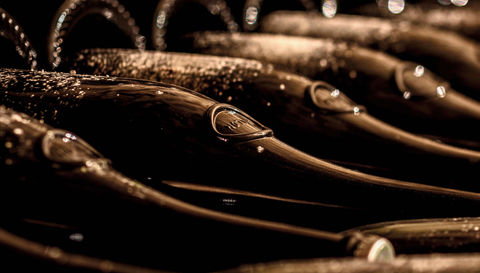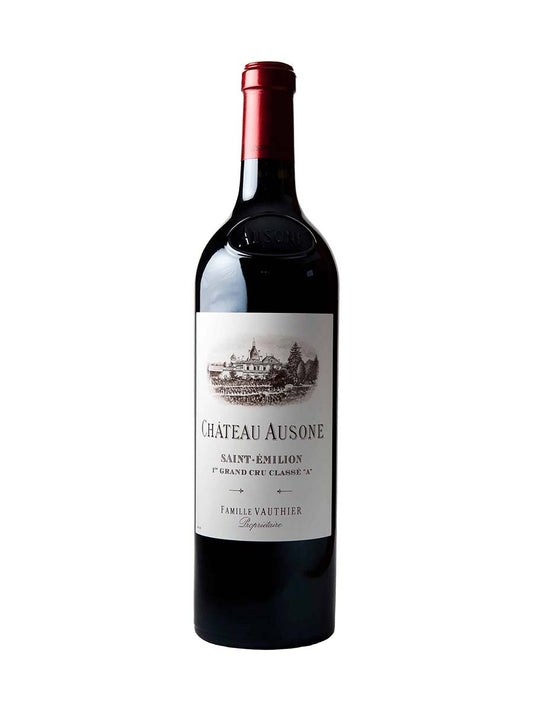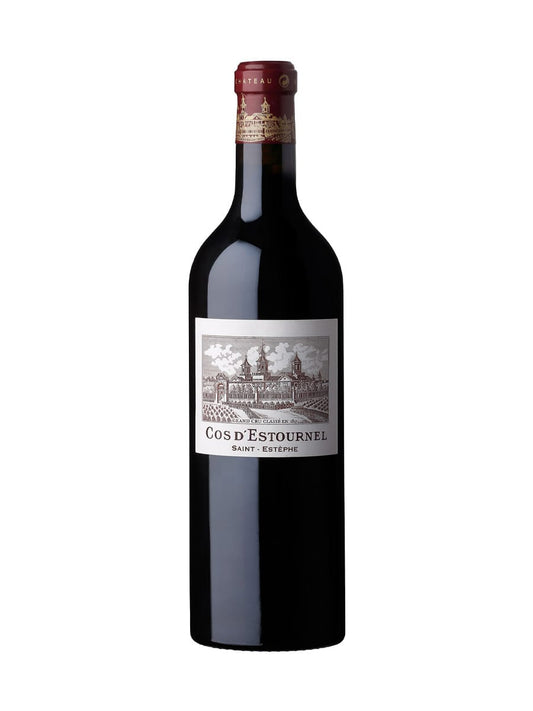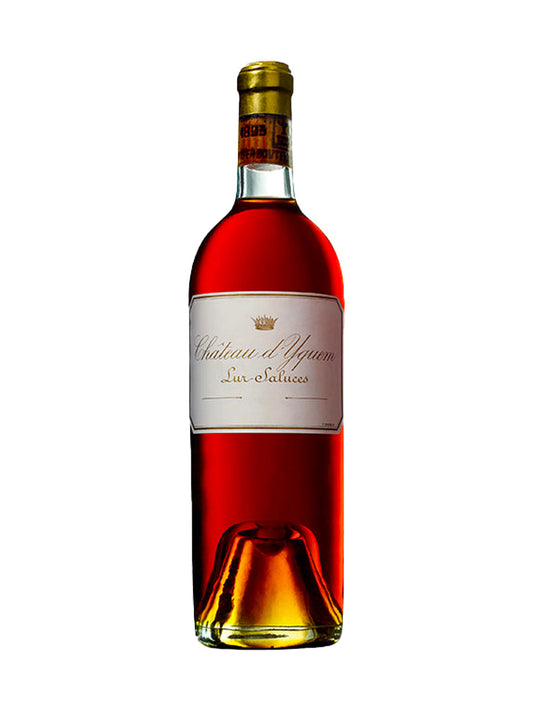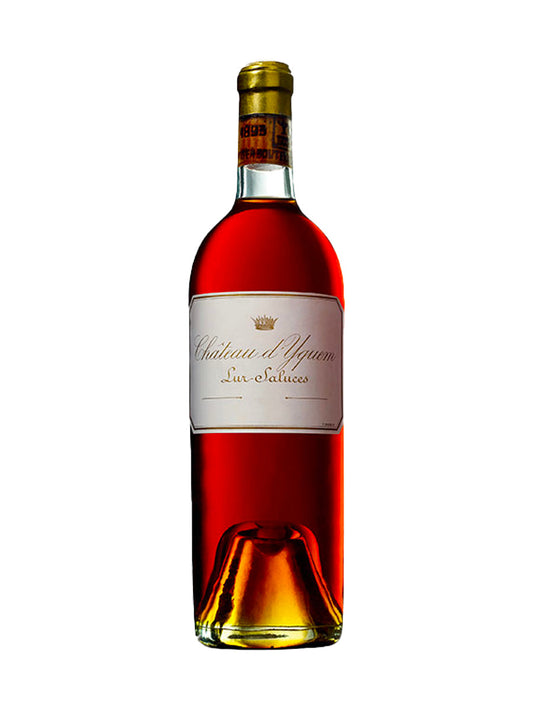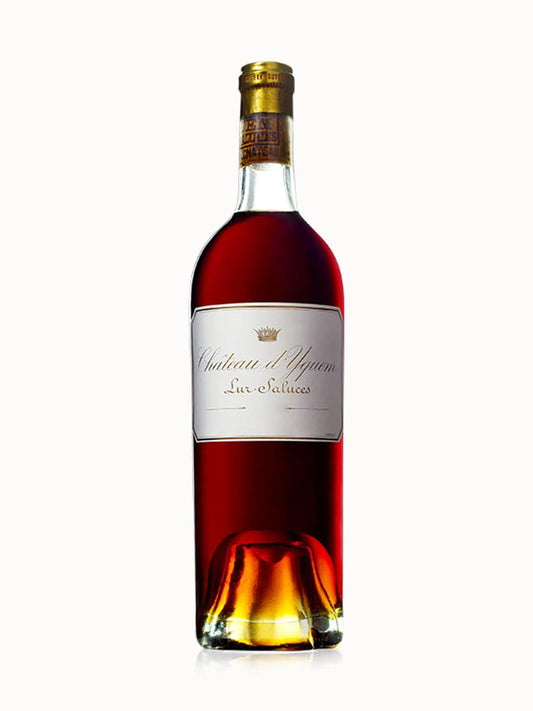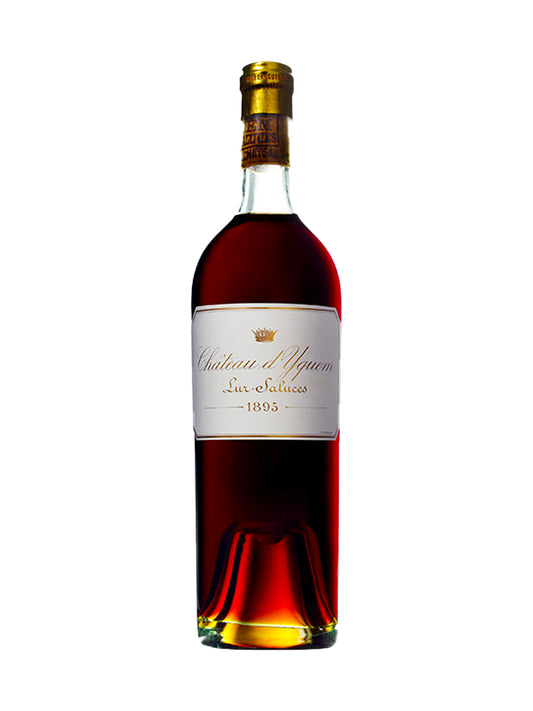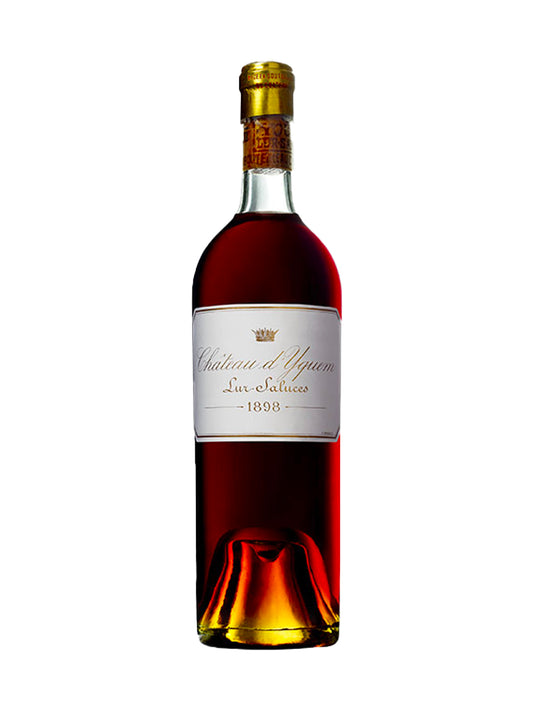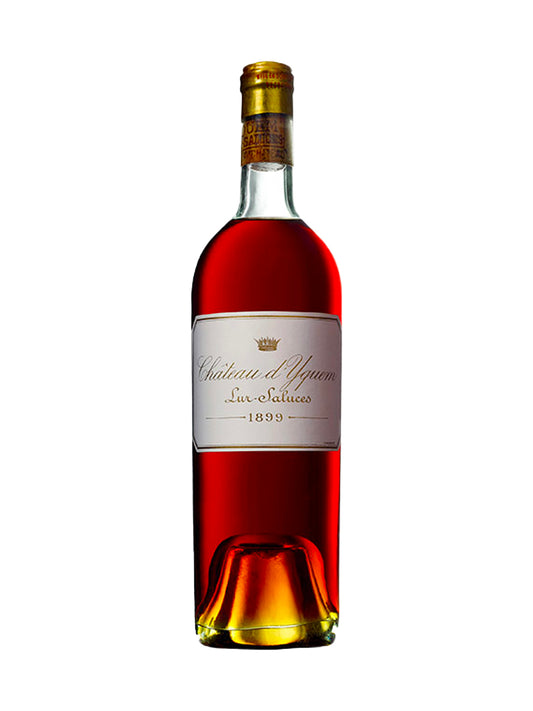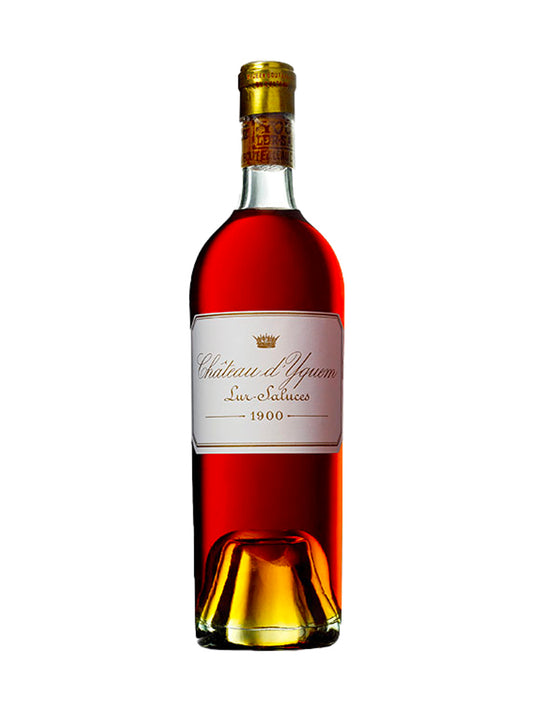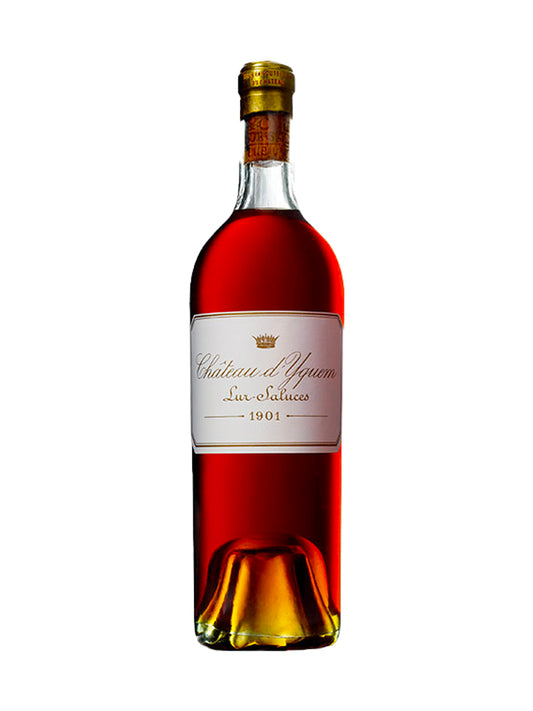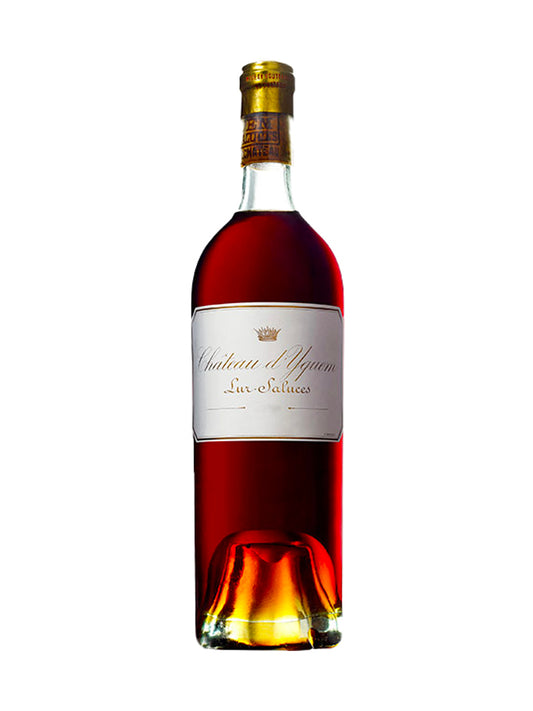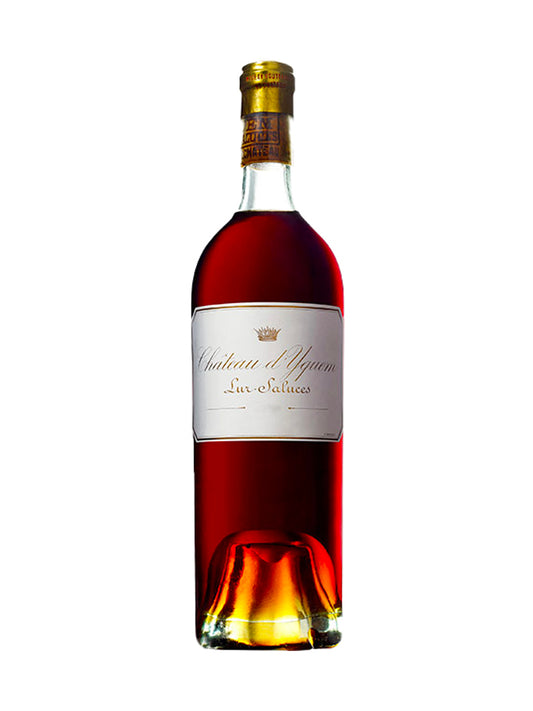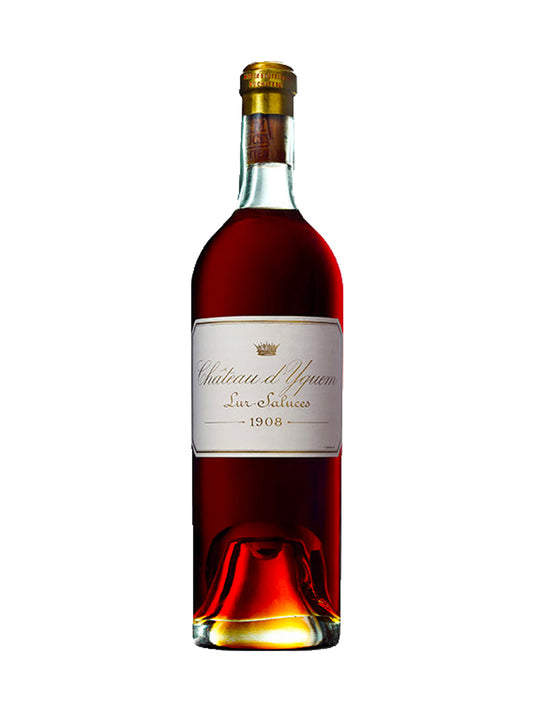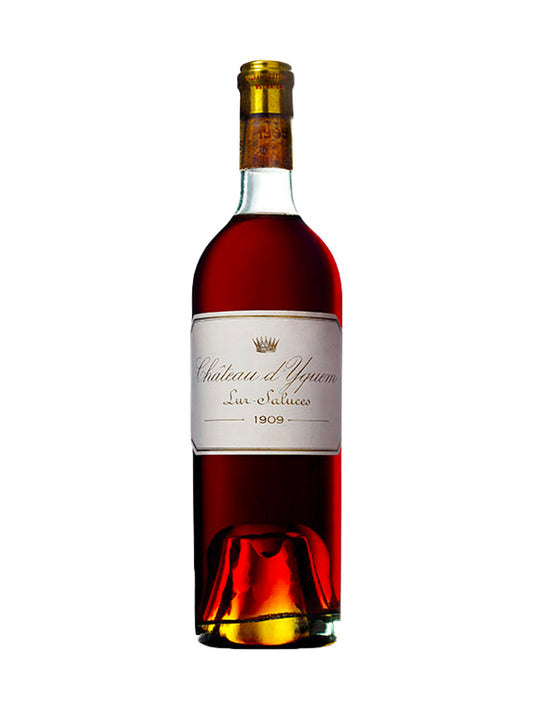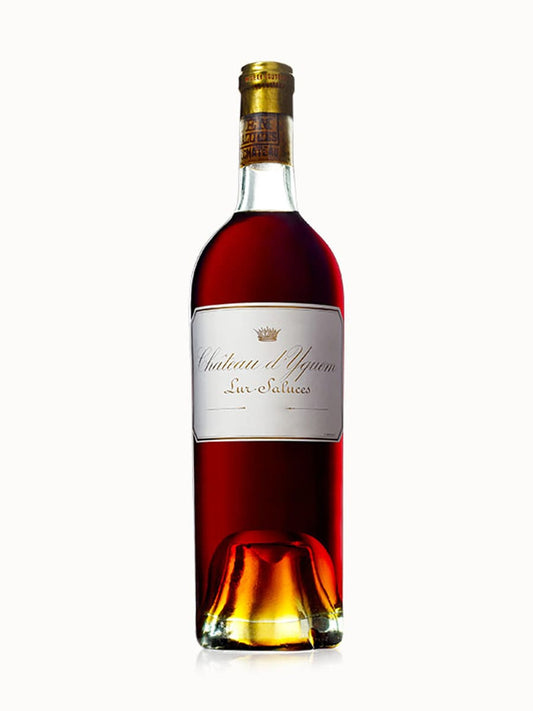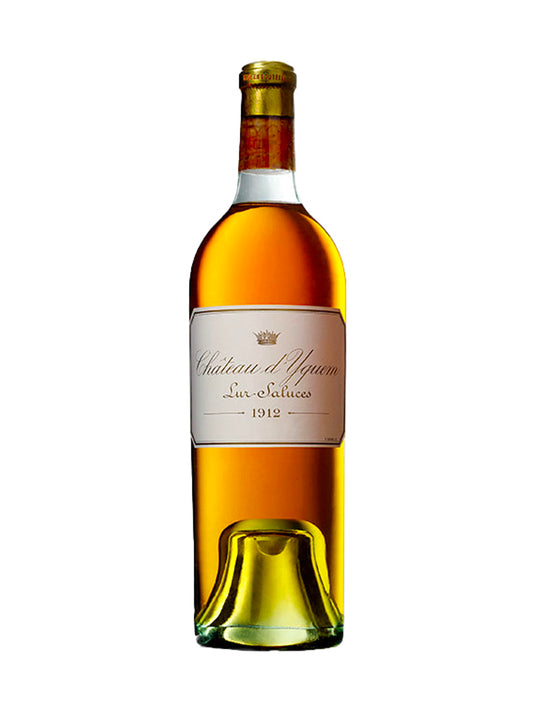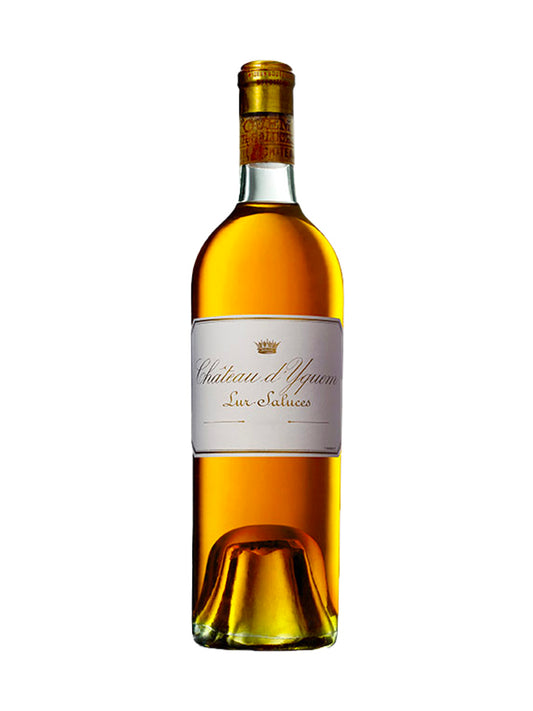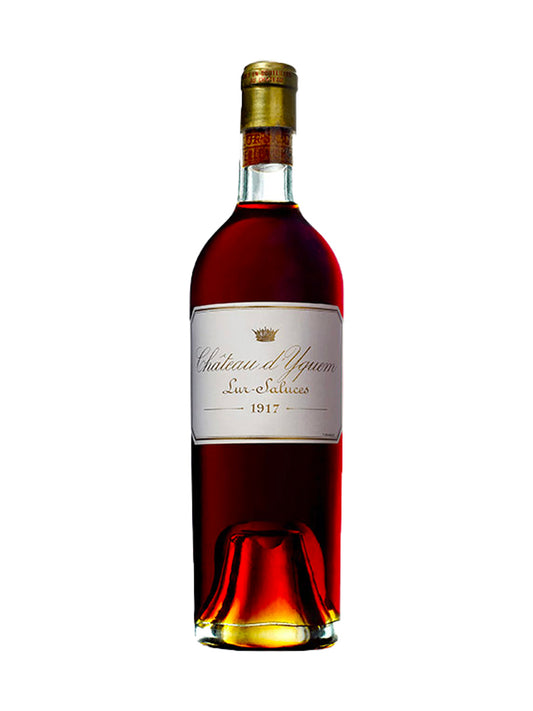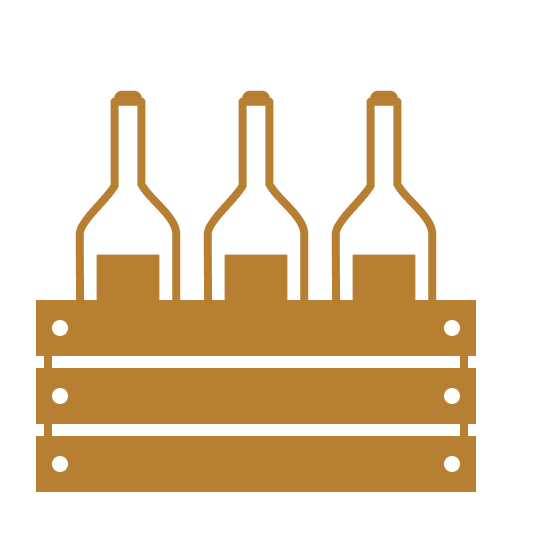Découvrez nos millésimes 1800 - 1910
Building a legendary vineyard
The origins of the Bordeaux vineyards date back to Roman times, when the poet Ausonius mentions wine and vine cultivation. The château Ausone in Saint-Emilion inherits its name from this ancient poet.
At the end of the 12th century, the Bordeaux region was under...
Découvrez nos millésimes 1800 - 1910
Building a legendary vineyard
The origins of the Bordeaux vineyards date back to Roman times, when the poet Ausonius mentions wine and vine cultivation. The château Ausone in Saint-Emilion inherits its name from this ancient poet.
At the end of the 12th century, the Bordeaux region was under English influence, which was favorable for the wine trade, and the Graves region already boasted a large planted area. Montesquieu was a winegrower in Graves, and was full of praise for his native region: “The air, the grapes, the wines from the banks of the Garonne and the Gascon humor are excellent antidotes to melancholy...”. (Letter to Guasco, 1755).
During the 17th and 18th centuries, the Médoc marshes were drained by the Dutch living in Bordeaux to enable the cultivation of vines. Thomas Jefferson was a fervent admirer and connoisseur of Bordeaux wines. He regularly ordered bottles of Bordeaux Grands Crus, and by the time he became president he was consuming some 600 bottles of white and red Bordeaux.
By the middle of the 18th century, Châteaux Lafite Rothschild in the Pauillac appellation and Châteaux Margaux in the Margaux appellation were already appreciated and recognized beyond France's borders. This international success was initiated and developed by the first Bordeaux wine merchants of English, Dutch and French origin, who were responsible for selling the wines of these prestigious châteaux around the world.
At the 1855 Universal Exhibition, 60 of Bordeaux's top estates were classified into 5 quality levels. The 1855 classification is used to promote the best Médoc wines to consumers, and in particular to explain the influence of climate, terroir, soil and viticultural practices on wine quality.
However, the growing success of the Bordeaux vineyards was disrupted by the arrival of an aphid, phylloxera, and a fungus, mildew. Between 1860 and 1880, phylloxera and mildew weakened the vine and led to the disappearance of many hectares of vines in France and around the world. In 1986, botanist Alexis Millardet developed Bordeaux mixture to eliminate mildew. It wasn't until the early 20th century that a solution was found to resist phylloxera and re-establish perennial vine cultivation. It was through the technique of grafting European vines, vitis vinifera, onto aphid-resistant American vines that vineyards were replanted in Bordeaux and around the world. Phylloxera had a major impact on the overall grape varieties planted in the Bordeaux vineyards. Cabernet Sauvignon, Merlot and Cabernet Franc reacted very well to grafting, unlike other varieties. Before the arrival of phylloxera, vineyards had more Petit Verdot and Malbec. This change led to an overall improvement in the quality of Bordeaux wines.

